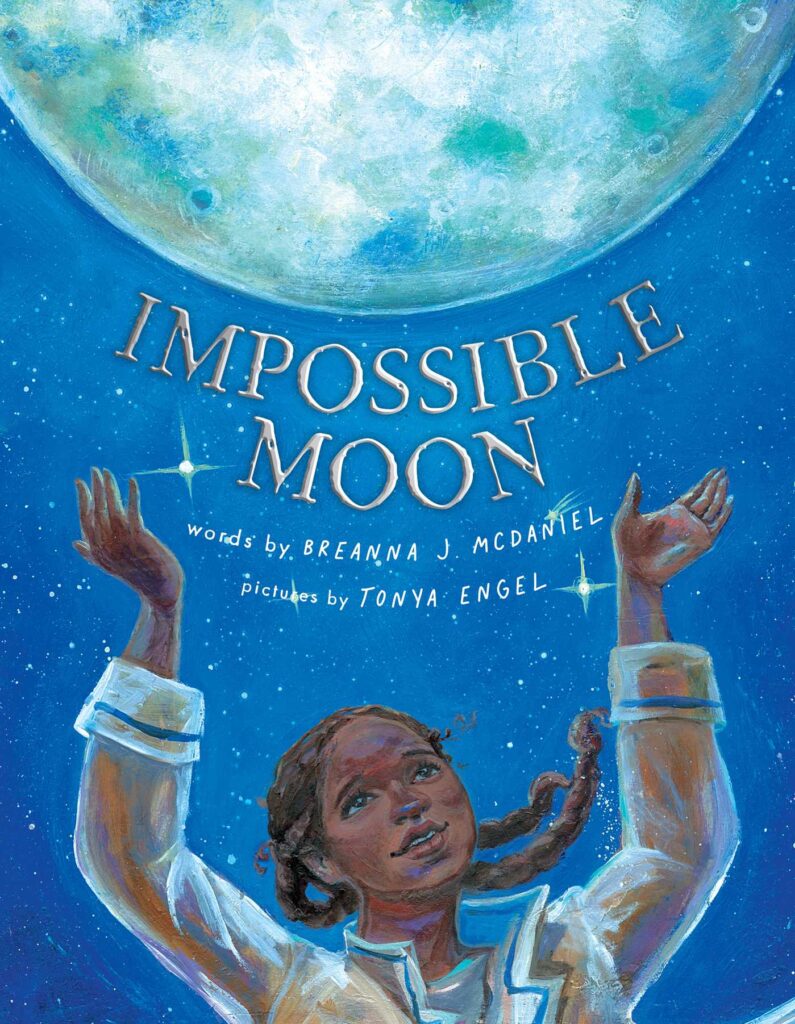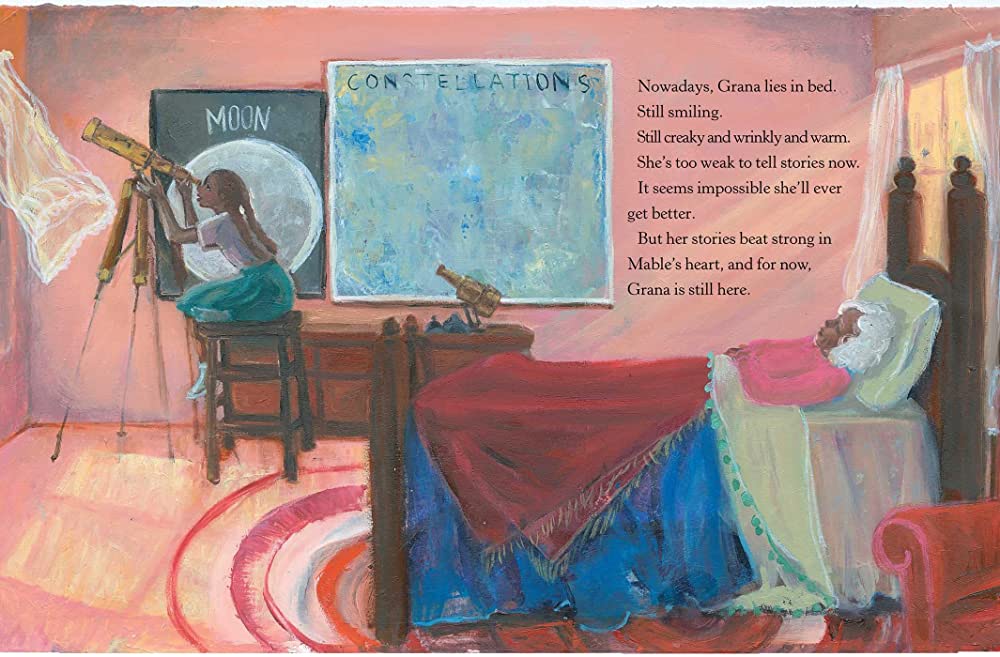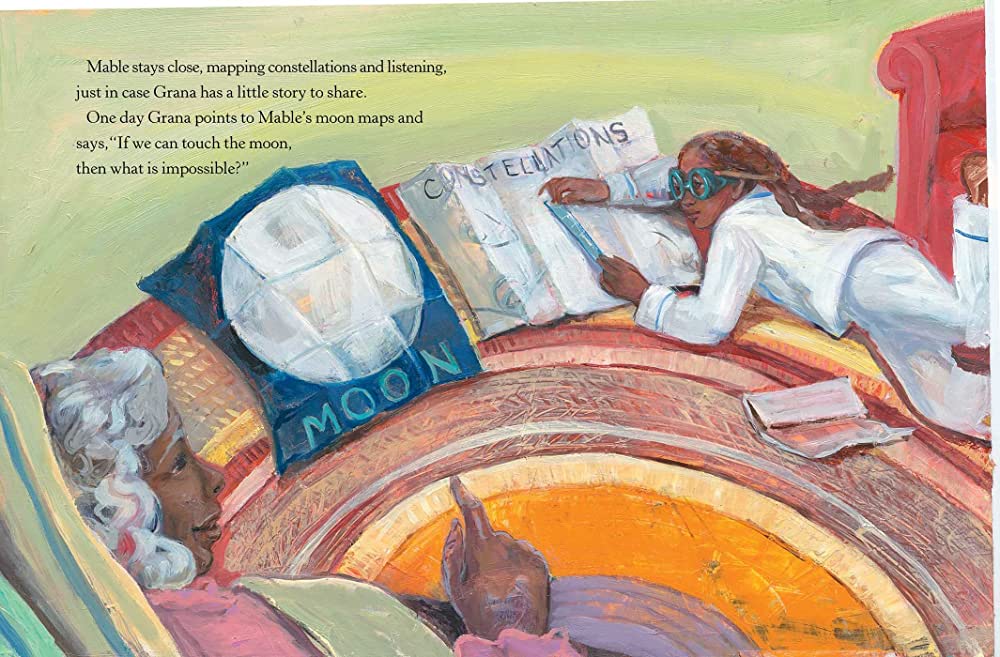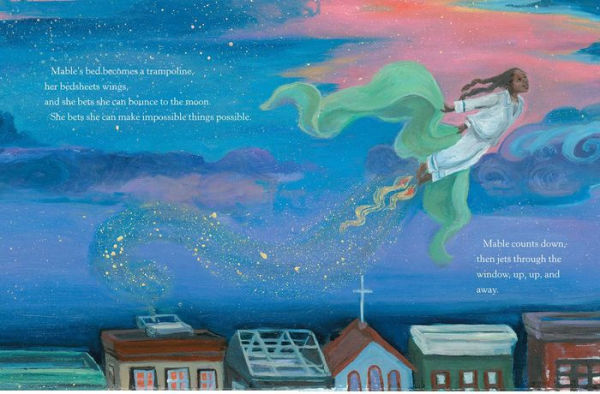There’s a part of my school visit presentation where I ask students for the definitions of nonfiction and fiction, and then quiz them about what genre they think each of my books fall into. It’s usually quick–kids are super bright, after all–and then I move on to other topics. But at a recent visit, a group of 4th & 5th graders disagreed with how I categorized my books. The Nian Monster, they argued, is nonfiction because it’s a folktale retelling and folktales are shelved in the nonfiction section of the library. Furthermore, the book gives facts about the foods eaten by Chinese people during Lunar New Year and explains certain customs. Luli and the Language of Tea also should be nonfiction, because the different words for tea in ten languages are true. I was a bit flustered, because they’re not wrong. But the Nian monster doesn’t really exist, I countered. Nor does Luli–she’s a figment of my imagination. That makes these books fictional. The librarian added her thoughts and we all ended up having a great discussion. The students ultimately decided that my books are hybrids, and now I tend to agree. (With the exception of Magic Ramen, which is a straight-up nonfiction biography.) They all have back matter that presents additional, factual information. Even the largely autobiographical Watercress is a mixture, since it has fictionalized bits and the timeline is compressed.

Anyway, the whole experience has made me question the simple definitions of fiction and nonfiction as either made-up stories or true stories with facts. So many books feel like hybrids to me now. Take the lush and lyrical IMPOSSIBLE MOON by Breanna J. McDaniel, illustrated by Tonya Engel.
In the book, young Mable’s grandmother, Grana, used to tell “the best stories.” But now, Grana is too sick to tell stories.

Not too sick, though, to dispense wisdom and hope. In a spread that shows Mable creating “moon maps” and charting constellations, Grana says, “If we can touch the moon, then what is impossible?”

That night, Mable embarks on a journey to touch the moon, so she can do the seemingly impossible–healing her Grana. She launches into the sky and tries to reach the moon. A lion blocks her, but a shooting star, a dog, and an archer help propel her further and further toward her goal. She passes other figures, too. The gorgeous oil and acrylic paintings show the constellations that make up each character. While Mable’s journey is fantastical, the story’s ending is more realistic, ending with hope instead of a cure.

A few things I love about IMPOSSIBLE MOON: 1) The wisdom of elders; 2) the representation of African and African American characters and history (Orion has locs!); and 3) the back matter that talks about the author’s inspiration for the story and descriptions of the constellations and what they mean to African and African American communities.
I heard on a podcast recently that, to paraphrase, “Nonfiction is learning through factual information. Fiction is learning through imagination.” I love those definitions, because it doesn’t restrict learning to nonfiction. All books teach us something. I know that technically, the main text of IMPOSSIBLE MOON is fiction. But it’s also more than that–it’s science wrapped in a dream informed by culture and mythology.

“. . . science wrapped in a dream informed by culture and mythology.” How beautiful is that?
♥️
<3
I love books that blend fiction and nonfiction, and IMPOSSIBLE MOON does that beautifully. Thanks for a great post, Andrea!
There’s lots of food for thought here on the topic of fiction vs nonfiction! Thanks, Andrea!
I recently received a rejection from an editor saying that my story was both fiction and non-fiction and they needed it to be one or the other. I felt they were missing the boat because many books like these are in print and doing quite well. I look forward to reading Impossible Moon.
What a fabulous discussion to have with the students and books that have a blend of both are such a satisfying read!
This was an interesting post. Thanks for sharing
The line in definitely blending. One problem I see at our library is that NF picture books , including those that are hybrids are housed in a section of the library that is not in the children’s section and these book get overlooked. I wonder sometimes if kids even know this section exists unless they have to find a topic for a report for school. Those hybrid picture books for the youngest readers are certainly being left behind.
And ours shelves biographies in an separate section as well! Not easy for young readers unless they actively search.
Andrea, what a great discussion to have with the kids about fiction and NF. In our library, some informational fiction is shelved in the NF section so no wonder kids can get confused. I prefer the term creative NF, when it’s wrapped up in a fictional story. I’ve had a difficult time placing one of these myself. I like what you said: “Nonfiction is learning through factual information. Fiction is learning through imagination.” Thank you Andrea.
Ooh! Delicious!…I want this book in my hands.
I am with Vijaya. I like that definition of nonfiction and fiction. Both teach something.
Fiction and nonfiction both share emotion and emotion is the easiest way to learn.
Interesting! Thanks for sharing this discussion. Many great points and lots of food for thought. Hybrids. Definitely, something to think about when I read books that are fictionalized but have factual information.
Andrea, I love your paraphrased definitions of fiction and non-fiction. I’m going to tape that to the top of my computer. That said, Breanna’s book is gorgeous and I can’t wait to read it.